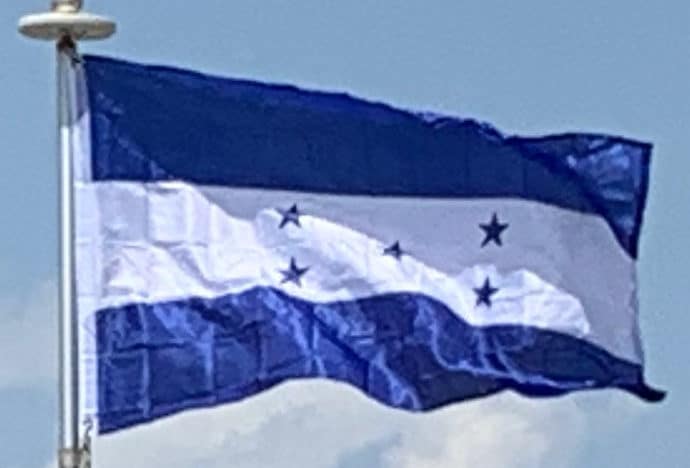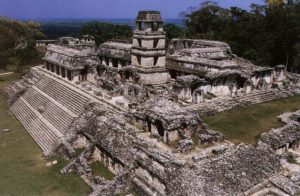
In 2012, LiDAR scanning revealed that several previously unknown high density settlements existed in La Mosquitia, corresponding to the legend of “La Ciudad Blanca“. Excavation and study has since improved knowledge of the region’s history. It is estimated that these settlements reached their zenith from 500 to 1000 AD.
Spanish Conquest (1524–1539):
On his fourth and the final voyage to the New World in 1502, Christopher Columbus landed near the modern town of Trujillo, near Guaimoreto Lagoon, becoming the first European to visit the Bay Islands on the coast of Honduras. On 30 July 1502, Columbus sent his brother Bartholomew to explore the islands and Bartholomew encountered a Mayan trading vessel from Yucatán, carrying well-dressed Maya and a rich cargo. Bartholomew’s men stole the cargo they wanted and kidnapped the ship’s elderly captain to serve as an interpreter in the first recorded encounter between the Spanish and the Maya.
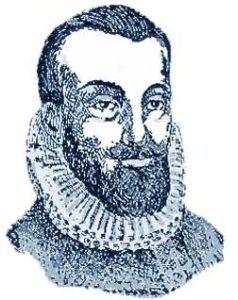
In March 1524, Gil González Dávila became the first Spaniard to enter Honduras as a conquistador followed by Hernán Cortés, who had brought forces down from Mexico. Much of the conquest took place in the following two decades, first by groups loyal to Cristóbal de Olid, and then by those loyal to Francisco de Montejo but most particularly by those following Alvarado. In addition to Spanish resources, the conquerors relied heavily on armed forces from Mexico—Tlaxcalans and Mexica armies of thousands who remained garrisoned in the region.
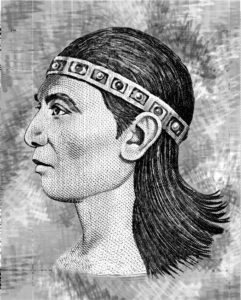
Resistance to conquest was led in particular by Lempira. Many regions in the north of Honduras never fell to the Spanish, notably the Miskito Kingdom. After the Spanish conquest, Honduras became part of Spain’s vast empire in the New World within the Kingdom of Guatemala. Trujillo and Gracias were the first city-capitals. The Spanish ruled the region for approximately three centuries.
Spanish Honduras (1524–1821):
Honduras was organized as a province of the Kingdom of Guatemala and the capital was fixed, first at Trujillo on the Atlantic coast, and later at Comayagua, and finally at Tegucigalpa in the central part of the country.
Silver mining was a key factor in the Spanish conquest and settlement of Honduras. Initially the mines were worked by local people through the encomienda system, but as disease and resistance made this option less available, slaves from other parts of Central America were brought in. When local slave trading stopped at the end of the sixteenth century, African slaves, mostly from Angola, were imported. After about 1650, very few slaves or other outside workers arrived in Honduras.
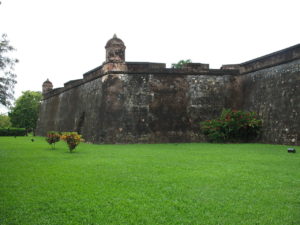
Although the Spanish conquered the southern or Pacific portion of Honduras fairly quickly, they were less successful on the northern, or Atlantic side. They managed to found a few towns along the coast, at Puerto Caballos and Trujillo in particular, but failed to conquer the eastern portion of the region and many pockets of independent indigenous people as well. The Miskito Kingdom in the northeast was particularly effective at resisting conquest. The Miskito Kingdom found support from northern European privateers, pirates and especially the British formerly English colony of Jamaica, which placed much of the area under its protection after 1740.
Independence (1821):
Honduras gained independence from Spain in 1821 and was a part of the First Mexican Empire until 1823, when it became part of the United Provinces of Central America. It has been an independent republic and has held regular elections since 1838. In the 1840s and 1850s Honduras participated in several failed attempts at Central American unity, such as the Confederation of Central America (1842–1845), the covenant of Guatemala (1842), the Diet of Sonsonate (1846), the Diet of Nacaome (1847) and National Representation in Central America (1849–1852). Although Honduras eventually adopted the name Republic of Honduras, the unionist ideal never waned, and Honduras was one of the Central American countries that pushed the hardest for a policy of regional unity.
